Reviewed by Julianne Ngirngir
The "green bubble curse" has haunted Android users for years—that subtle digital scarlet letter that appears when texting iPhone users. But with Apple's iOS 18 finally bringing RCS support and Google's Pixel 10 series launching with groundbreaking AI features powered by the new Tensor G5 chip, we're witnessing a potential shift in the messaging wars. The question isn't just whether these bubbles will stay green—it's whether anyone will care anymore when Android offers experiences that make iMessage look dated.
What makes RCS the game-changer everyone's been waiting for?
The messaging landscape just got a major upgrade with Apple's belated embrace of Rich Communication Services. RCS essentially brings text messaging into the modern era, using your data connection to deliver smart messaging features you'd expect from platforms like iMessage or WhatsApp. Think of it as SMS finally growing up after being stuck in digital adolescence since the early 2000s.
With iOS 18, Apple has finally added RCS capabilities to the iMessage app, fundamentally changing how iPhone and Android users communicate. The practical impact is immediate: photos and videos sent to non-iOS devices will arrive in higher resolution than before, ending the era of pixelated media exchanges that made sharing memories feel like sending postcards through a blender.
Beyond media quality, the feature parity improvements address long-standing user frustrations. RCS chats now include typing indicators, read receipts, and emoji reactions—creating cross-platform conversations that feel nearly identical to iMessage exchanges. For group communications, group chats that include Android users now use RCS instead of the archaic MMS protocol, which means no more broken group threads or missing messages that leave Android users out of the conversation.
But there's a catch—and it reveals the limitations of Apple's implementation. RCS messages between iPhones and Android devices won't be encrypted with end-to-end encryption in iOS 18, creating a security disparity that could become the new dividing line. Additionally, RCS currently only works in the United States and only if your iPhone is registered with AT&T, Verizon, or T-Mobile, limiting global adoption. Still, it's progress—even if those green bubbles aren't disappearing just yet.
How the Pixel 10's AI arsenal changes everything
While Apple was busy catching up to messaging standards from 2012, Google was building something far more ambitious. The Pixel 10 series launches with nine new AI features powered by the Tensor G5 chip and Gemini Nano model, creating experiences that make traditional messaging feel primitive by comparison.
The star of the show is Magic Cue, an "in-context" suggestion feature that leverages relevant information from other apps when texting or calling. This isn't just another notification system—it's predictive intelligence that understands context across your entire digital life. Magic Cue connects the dots across Gmail, Calendar, Screenshots, Messages, and more to proactively surface helpful actions, turning routine interactions into seamless workflows.
The practical applications demonstrate sophisticated understanding of user intent. When someone asks about your dinner, it might suggest your gallery. When they're asking about your flight arrival, it pulls that data from Gmail so you can quickly share the information without switching apps or hunting through emails. What makes this particularly compelling is that Magic Cue runs "securely and privately" using Gemini Nano and the Tensor G5 on your device. If it doesn't find an appropriate action to suggest, it simply stays quiet—no unnecessary interruptions or misguided recommendations cluttering your experience.
The AI capabilities extend beyond text to break down language barriers entirely. Voice Translate for calls offers real-time translation in what sounds like each speaker's voice, maintaining the personal connection that typically gets lost in translation. Voice Translate supports English with Spanish, Japanese, Swedish, German, French, Hindi, Italian, Portuguese, Russian, and Indonesian, making international conversations feel more natural and connected than ever before.
Meanwhile, Gemini Live gains better visual search capabilities, letting users open their camera and have AI see what they see, with solutions highlighted right on the display. It's like having a knowledgeable friend who can instantly recognize and explain anything you point your phone at—a capability that transforms how we interact with our physical environment.
Why Google's hardware strategy finally makes sense
The real story isn't just about individual features—it's about Google's complete ecosystem approach finally coming together after years of fragmented efforts. All four Pixel 10 phones feature the new Tensor G5 chipset, which delivers on average 34 percent faster performance than its predecessor while solving fundamental architectural problems.
The breakthrough comes from Google's focus on jumping to TSMC's 3nm manufacturing process, addressing the thermal management and power consumption problems that plagued previous generations. This isn't just about benchmark bragging rights—the TSMC process promises to solve overheating issues of previous Tensors, meaning your phone won't turn into a pocket warmer during intensive AI tasks. Rather than competing in raw performance metrics, Google aims to create a flawless user experience where AI and hardware work in perfect harmony.
The ecosystem integration extends to charging and accessories in ways that mirror Apple's approach. Most Pixel 10 models support Qi2 15-watt wireless charging, while the Pixel 10 Pro XL uniquely supports the new Qi2 25-watt standard. Under the rumored 'Pixelsnap' brand, a universe of standardized magnetic accessories is opening, creating an ecosystem that rivals Apple's MagSafe approach with the potential for broader third-party adoption.
Camera capabilities represent another leap forward, particularly for photography enthusiasts who felt constrained by previous Pixel limitations. The Pixel 10 includes a 5X telephoto camera, making it the first Pixel to have a triple-camera system rivaling Samsung's Galaxy S25. For content creators, the Pixel 10 Pro and Pro XL can capture 8K video with Google's Video Boost technology, which sends footage to the cloud for processing. Perhaps most significantly for competitive positioning, Google has taken full control of the Image Signal Processor for the Pixel 10, ensuring computational photography excellence remains unmatched while expanding creative possibilities.
The software advantage that changes the game
Here's where things get really interesting for Android's long-term competitive prospects. The Pixel 10 series debuts with Android 16 and a promise of 7 years of OS and security updates—matching Apple's longevity commitment while potentially exceeding it in practical AI innovation. Google accelerated the Android 16 release to have it ready before the Pixel 10 launch, meaning users get all of Android 16's enhancements from day one—from streamlined "live" notifications that update in real-time to smarter notification grouping that cuts through digital clutter more effectively than iOS implementations.
The software integration demonstrates how AI can enhance daily workflows rather than simply adding flashy features. Pixel Journal uses on-device AI to provide writing prompts and insights into your patterns over time, turning your phone into a personal reflection companion that learns from your behavior. NotebookLM's presence expands to Pixel Screenshots and the Recorder app, creating seamless knowledge capture across different media types. Gboard gains Writing Tools that can rewrite your text in specific styles—from professional to playful—addressing the communication context switching that defines modern digital interaction.
Creative applications show Google's vision extending beyond productivity. The Recorder app even gains the ability to turn your humming and singing voice into music, with users able to select their desired musical style to make a unique track based on their voice—a feature that transforms casual creativity into shareable content.
Perhaps most intriguingly for the messaging competition, Google may be launching a "Call Message" feature that acts like an on-device voicemail with live transcriptions and summaries. The feature works offline without using data or Wi-Fi and is likely powered by Gemini Nano, representing the kind of seamless AI integration that makes traditional phone features feel archaic while addressing privacy concerns about cloud-based processing.
What this means for the future of mobile messaging
The green bubble curse was never really about the color—it was about feature disparity and ecosystem lock-in that created social pressure around technology choices. Now that RCS brings cross-platform messaging closer to parity, the competitive landscape shifts toward which platform offers superior overall intelligence and user experience rather than basic messaging compatibility.
Bottom line: The Pixel 10 Pro is expected to start at $999, making it competitive with flagship pricing while offering AI capabilities that extend far beyond traditional messaging paradigms. When your phone can proactively suggest relevant actions, translate conversations in real-time with voice preservation, and seamlessly connect information across all your apps, the color of your message bubbles becomes almost quaint—a relic of simpler technological times.
The real question isn't whether the Pixel 10 will "save" Android from green bubbles—it's whether Google's comprehensive AI integration will make those bubbles irrelevant entirely by redefining what smartphone intelligence should accomplish. Here's the thing: while Apple was playing catch-up with messaging standards, Google was building the future of mobile intelligence, creating experiences that anticipate user needs rather than simply facilitating communication.
The Pixel 10 series represents Google's most confident bet yet that the future belongs to intelligence, not just integration. Whether that's enough to overcome years of messaging stigma and social pressure remains to be seen, but one thing's certain: the competition just got a lot more interesting. When Android phones can anticipate your needs, translate your conversations, and turn your humming into music, green bubbles might just become a badge of honor instead of a digital scarlet letter—a symbol that you chose capability over conformity.










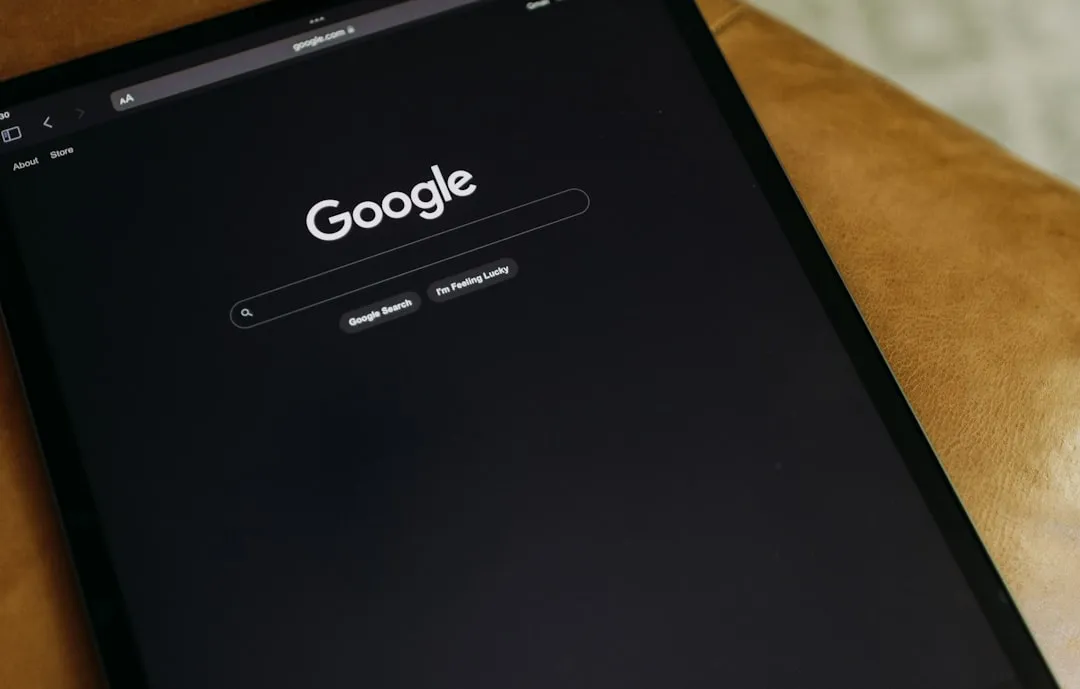
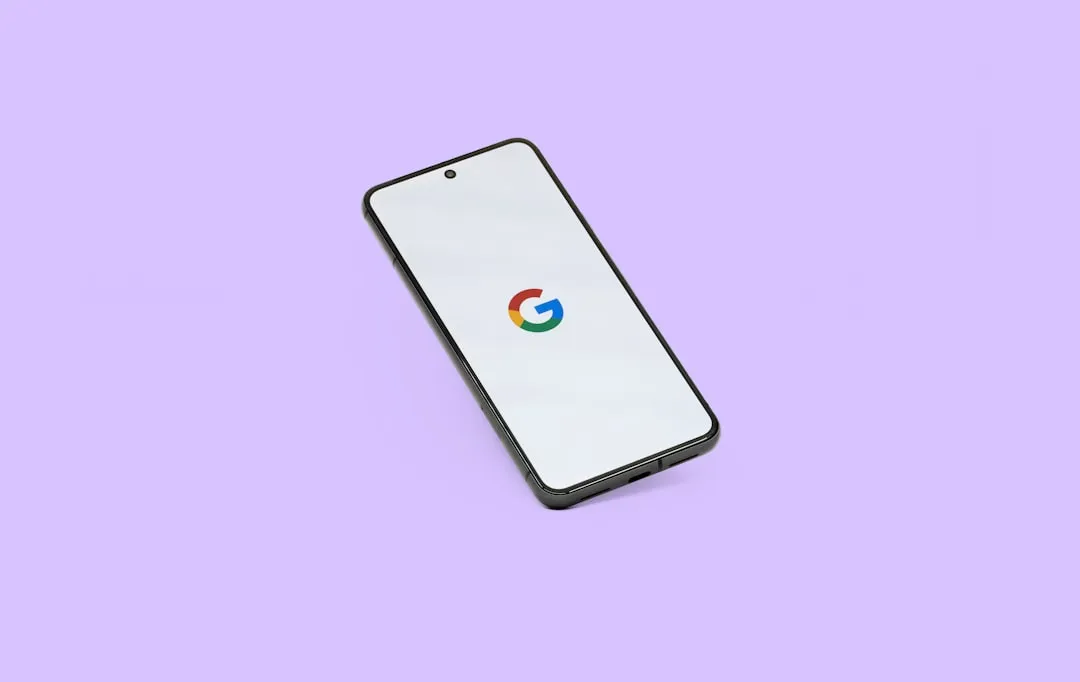
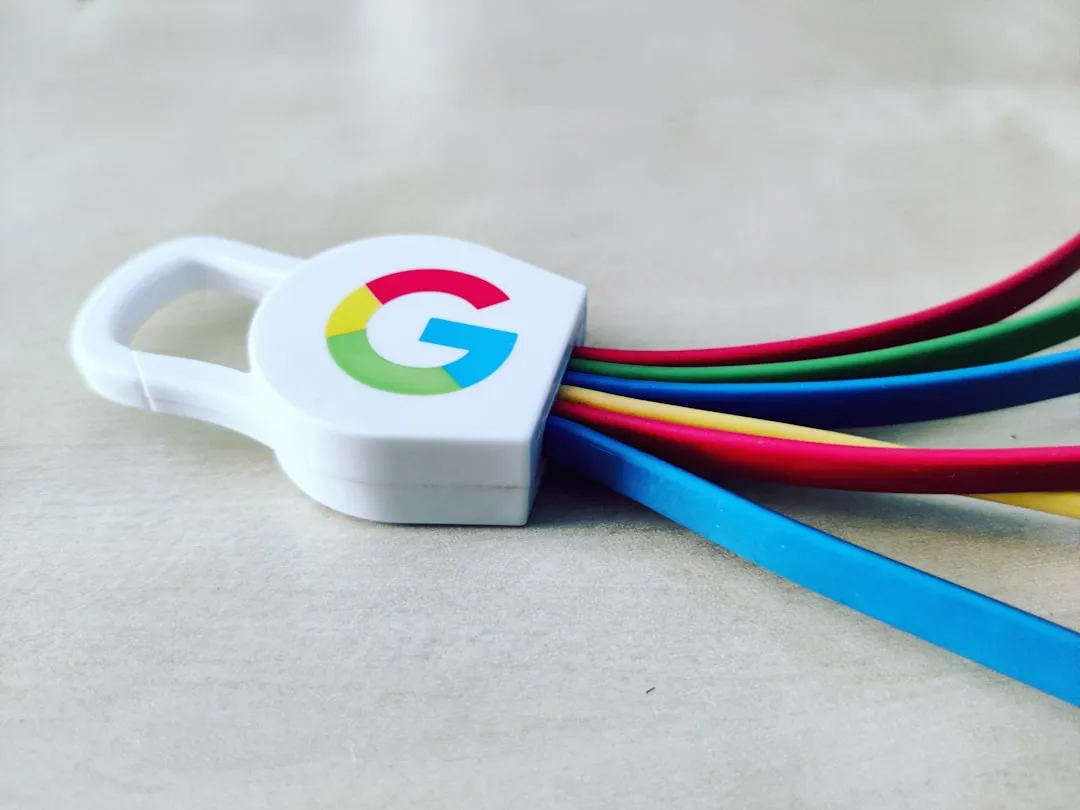
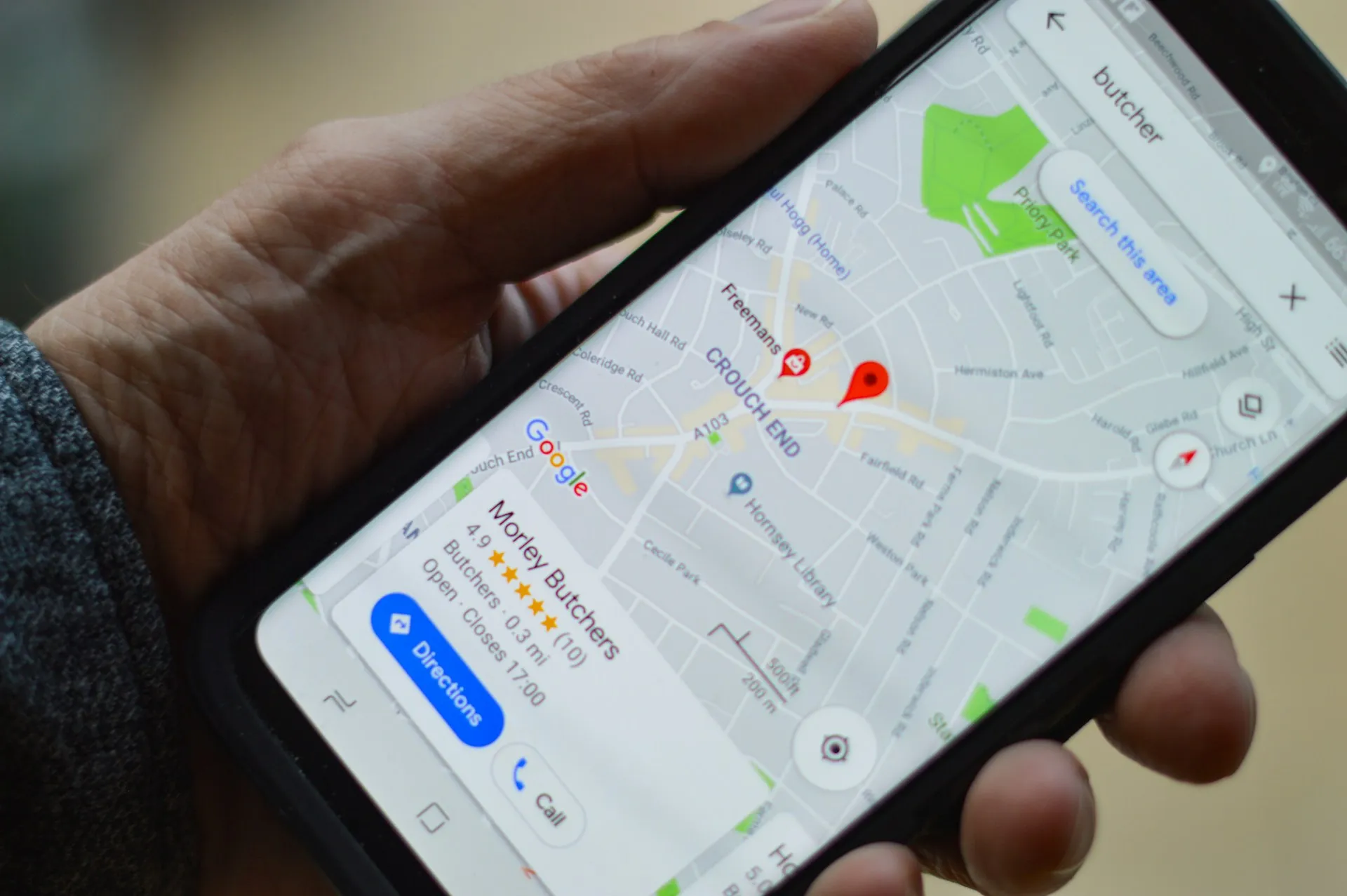



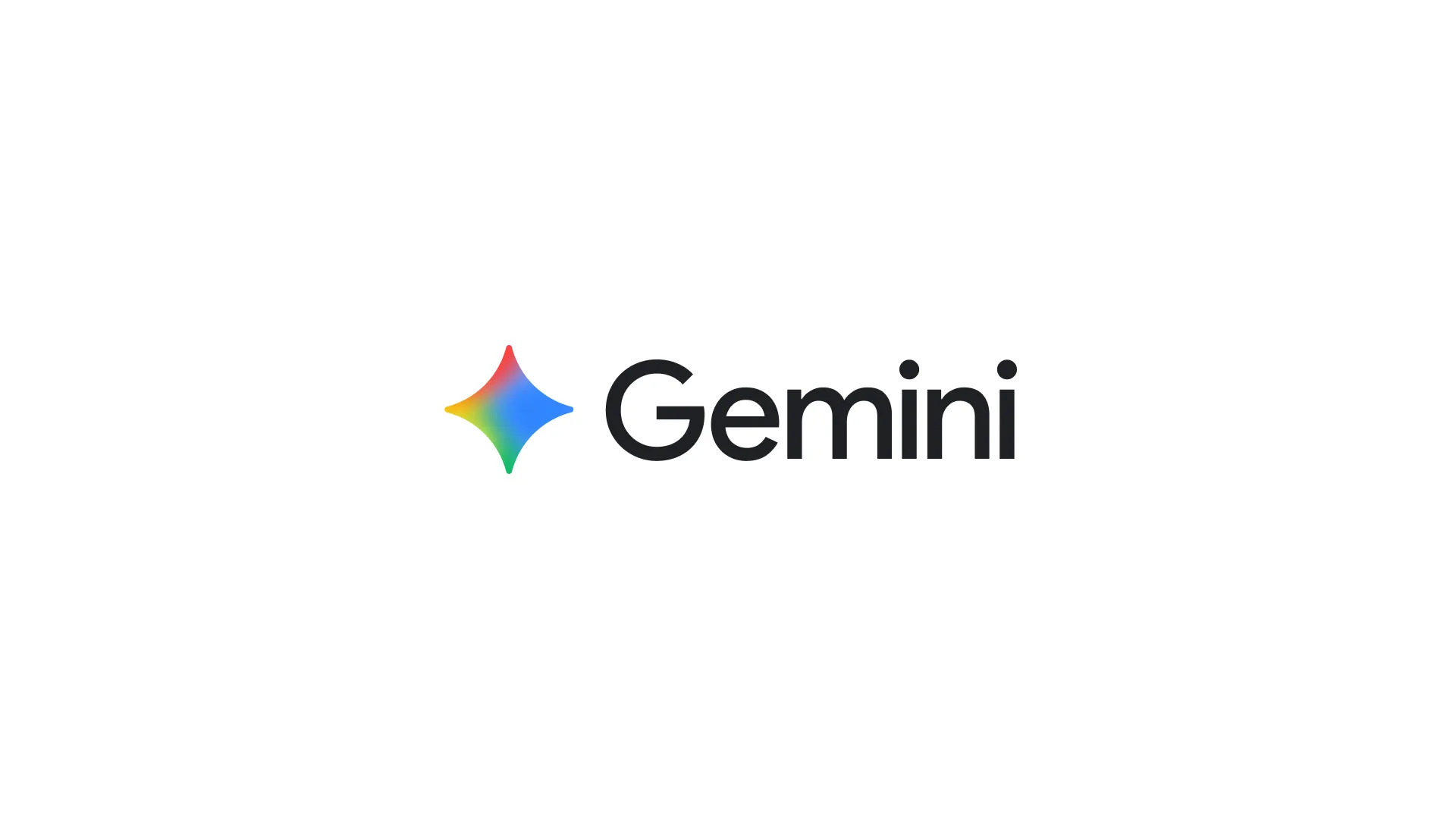
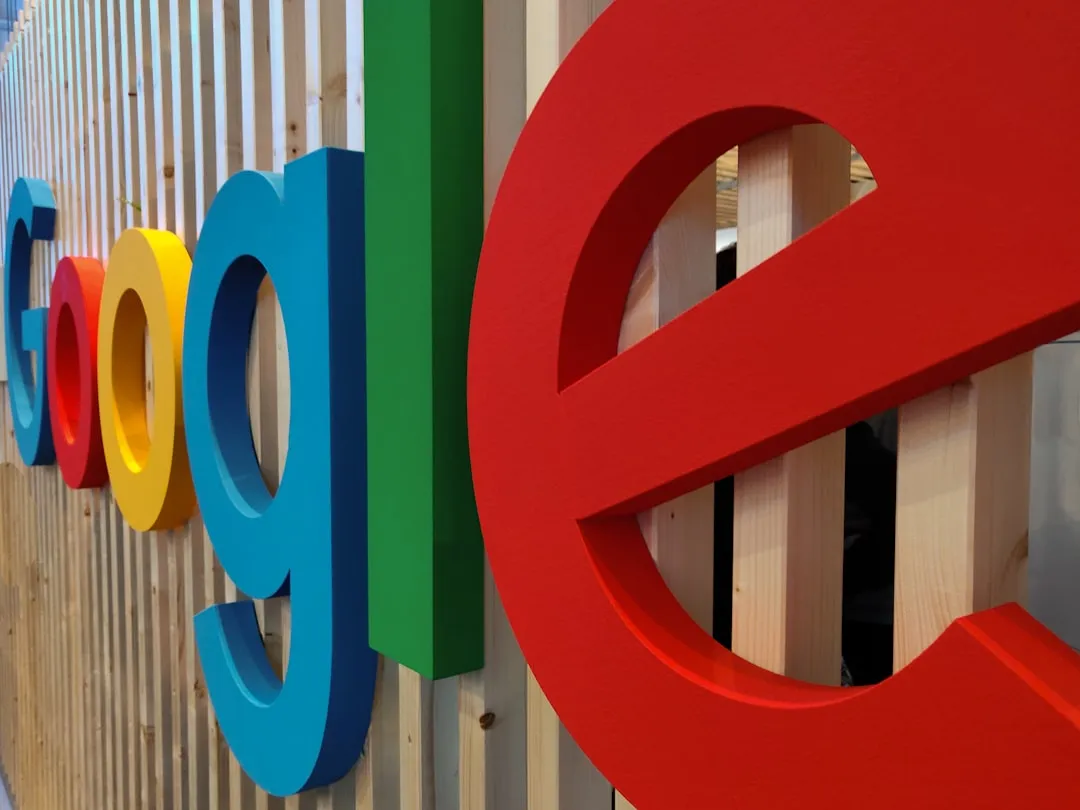
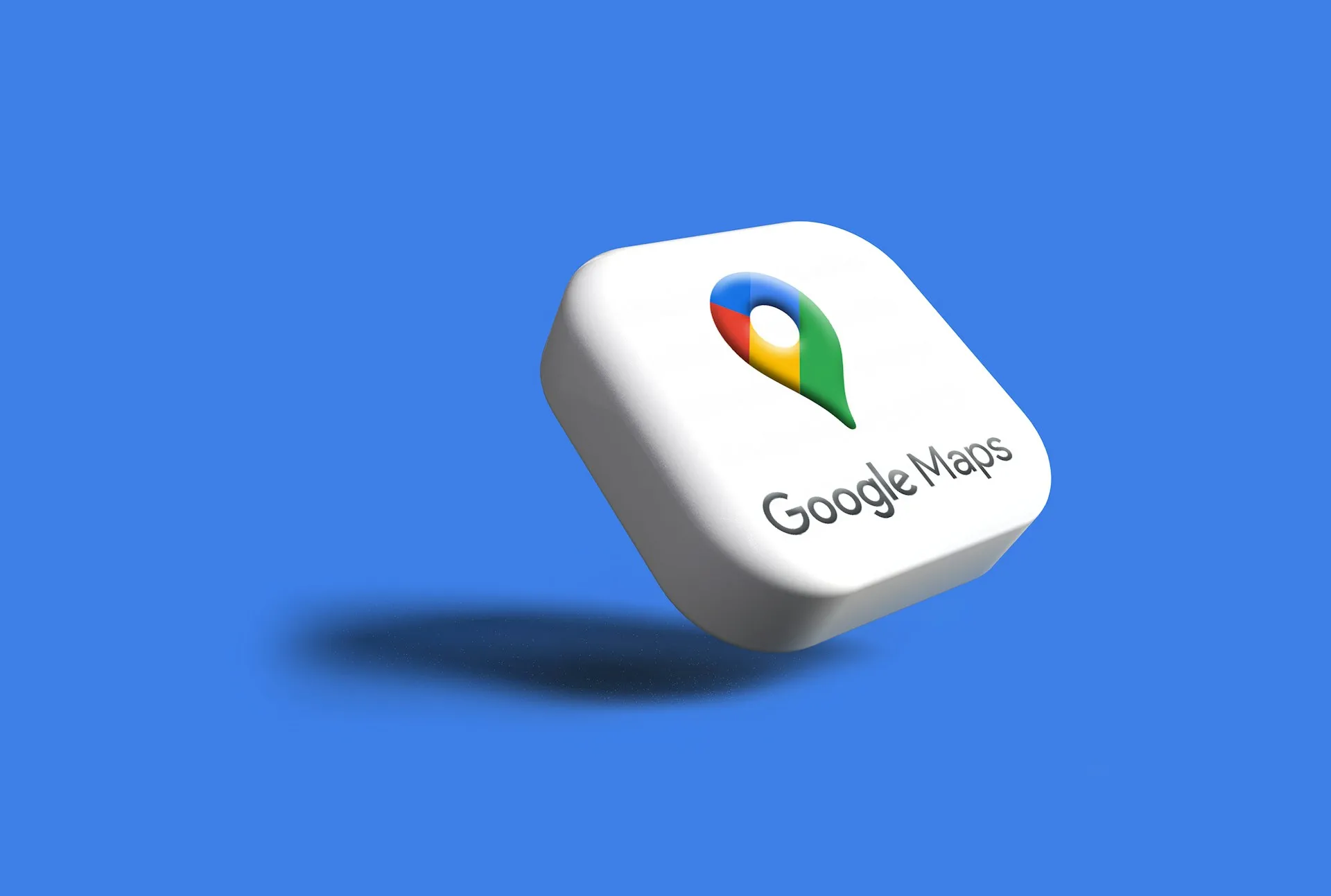
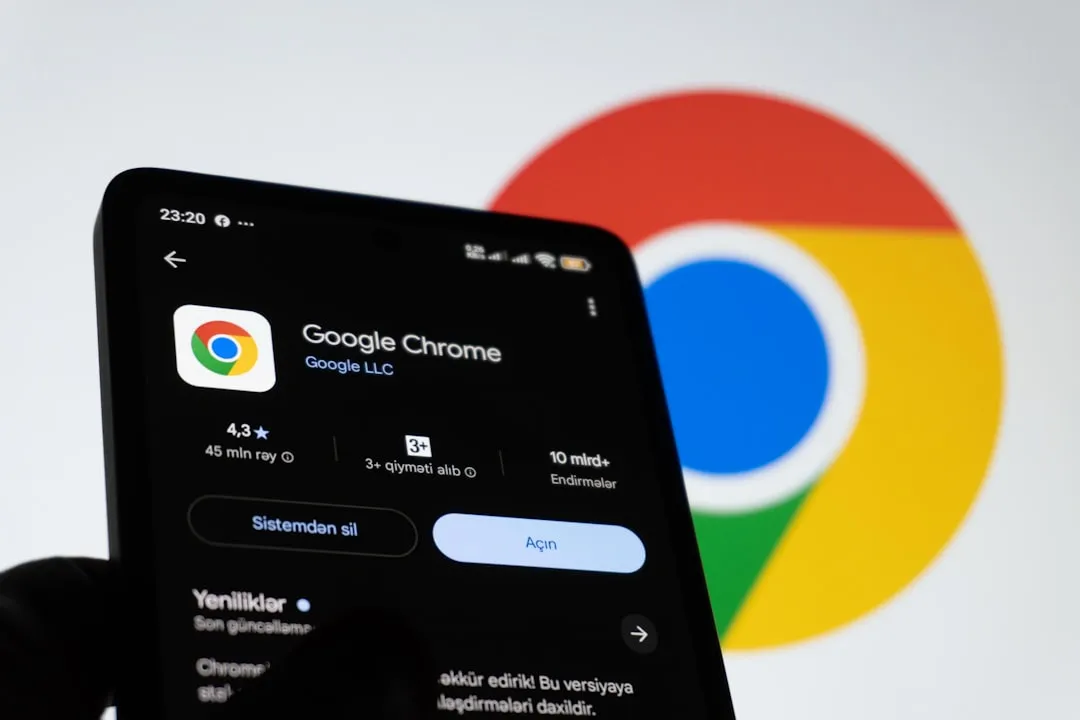

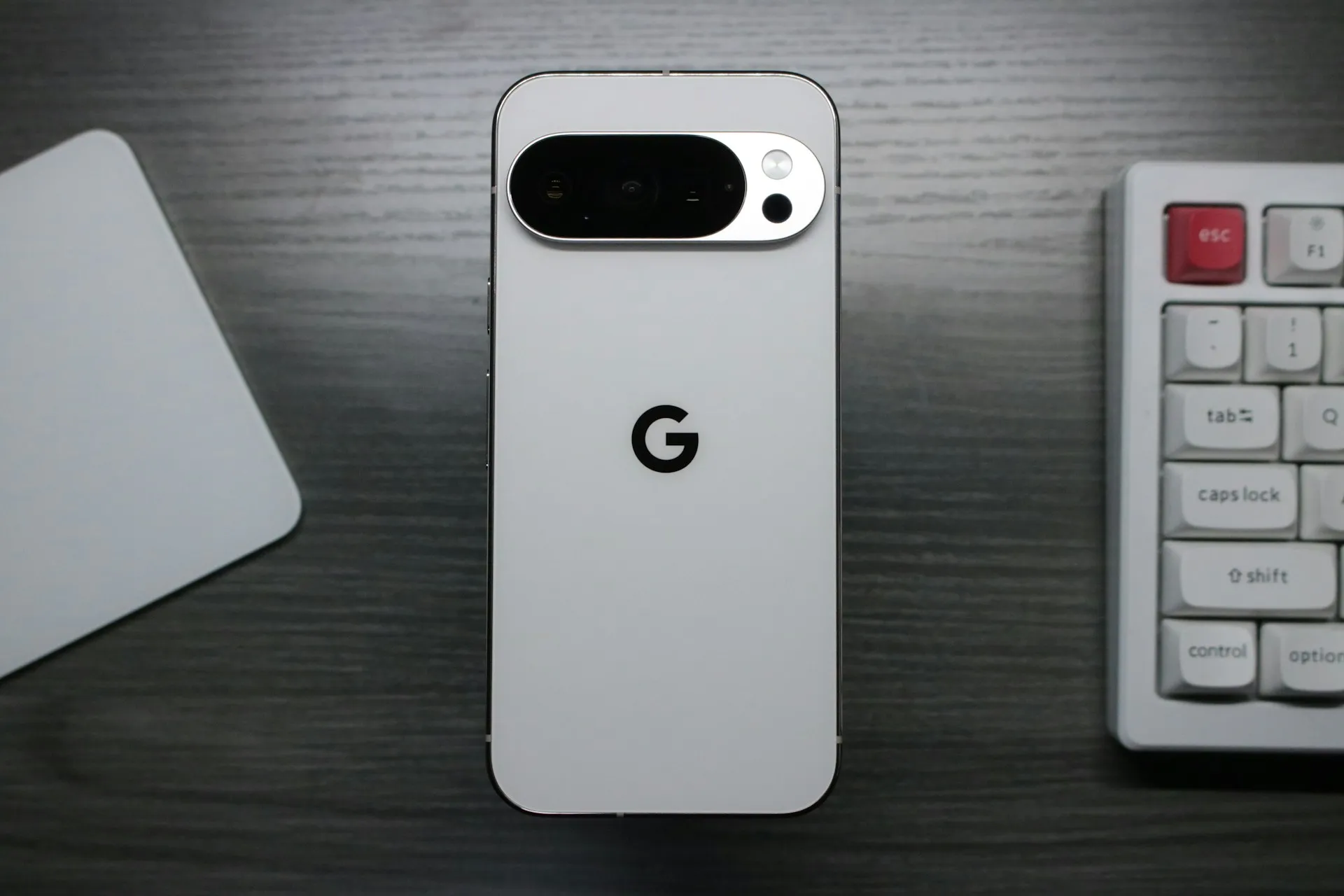
Comments
Be the first, drop a comment!